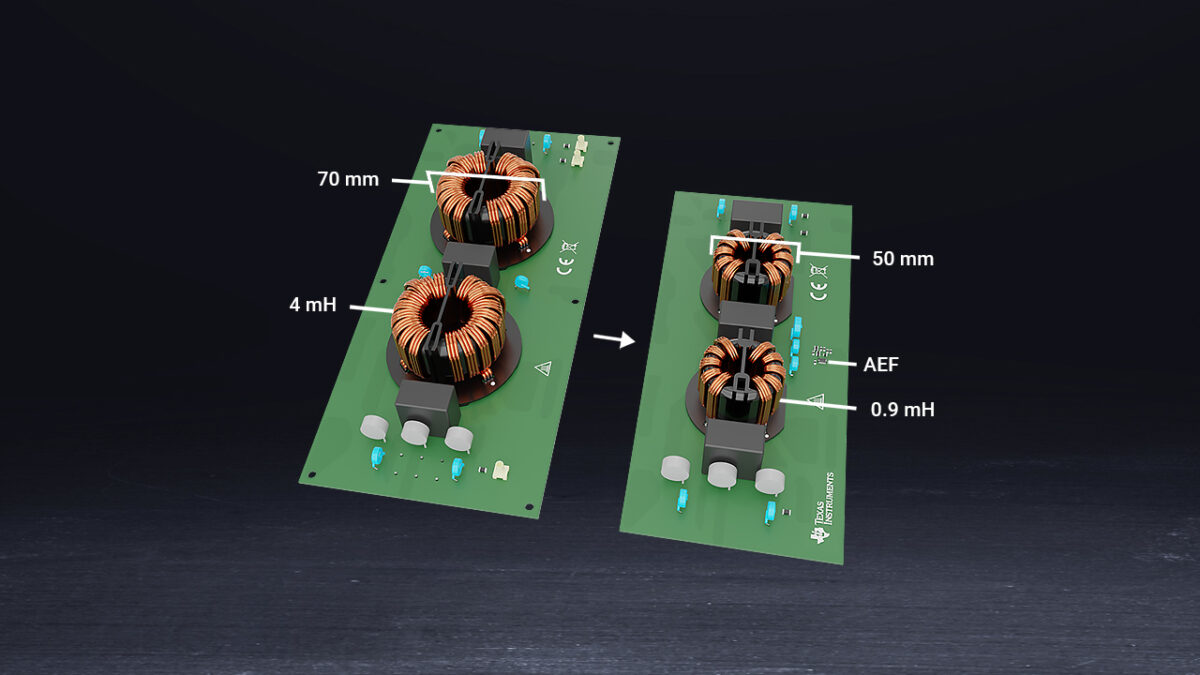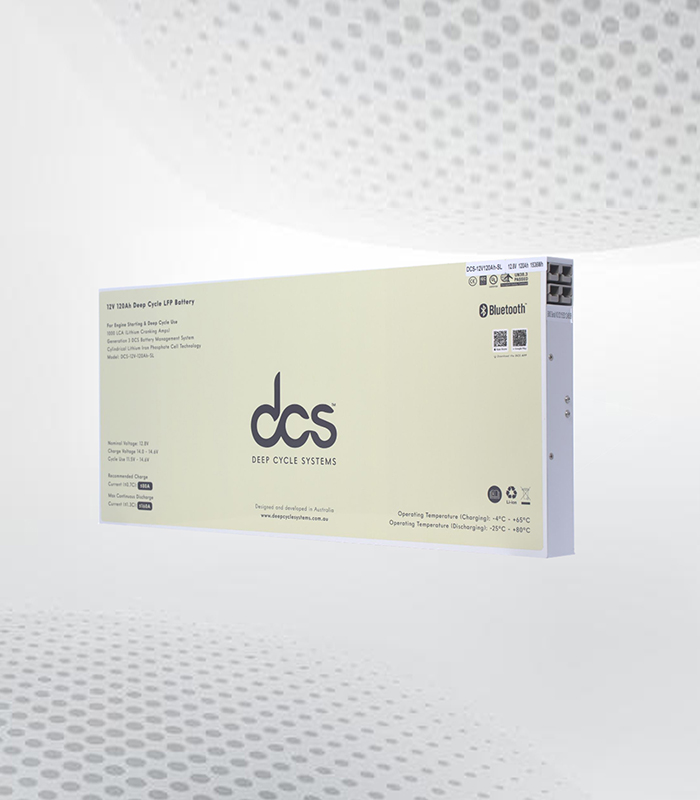When it comes to keeping your Ford Ranger running smoothly, many drivers often overlook the importance of the ABS sensor. This small but mighty component plays a crucial role in safety and performance. Without it functioning properly, you might find yourself facing unexpected challenges on the road. Understanding how this essential part works and recognizing its signs of failure can be vital for your vehicle’s health—and yours too. Whether you’re an experienced mechanic or a casual driver, knowing what to watch for can save you time, money, and potentially dangerous situations. Let’s dive into the world of Ford Ranger ABS Sensor and explore how to keep your ride safe and sound!
What is an ABS Sensor?
An ABS sensor, or Anti-lock Braking System sensor, is a vital component in modern vehicles like the Ford Ranger. Its primary function is to monitor the speed of each wheel and detect any loss of traction during braking. This information allows the vehicle’s computer system to adjust brake pressure accordingly, preventing wheel lock-up.
ABS sensors are typically located at each wheel hub and send real-time data to the vehicle’s ABS control module. When you apply the brakes suddenly, these sensors help maintain steering control by modulating brake force as needed. This enhances overall safety and stability on various road surfaces.
There are two main types of ABS sensors: passive and active. Passive sensors rely on magnetic fields created by a toothed ring around the wheel hub while active ones use digital signals for more precise monitoring. Both serve an essential purpose in ensuring your brakes respond effectively under different driving conditions.
Understanding how an ABS sensor works can provide insight into its importance in maintaining your Ford Ranger’s performance and safety features on every journey.
The Role of the ABS Sensor in Your Ford Ranger
The ABS sensor, or Anti-lock Braking System sensor, plays a critical role in your Ford Ranger’s safety and performance. It monitors the speed of each wheel to prevent locking during sudden braking situations. This technology ensures that you maintain control while stopping, especially on slippery surfaces.
When the wheels start to lock up, the ABS system kicks in by modulating brake pressure. The sensors send real-time data to the vehicle’s computer, which adjusts accordingly. This helps avoid skidding and allows for steering control even under heavy braking.
In essence, these sensors are vital for effective brake management. They contribute not just to stopping power but also enhance overall driving stability—especially when navigating challenging terrains typical of off-road adventures.
If your Ford Ranger is equipped with an ABS system, understanding how its sensors function can empower you as a driver. Proper maintenance of these components can lead to improved safety and performance on all your journeys.
Common Signs of a Failing PX Ranger ABS Sensor
A failing PX Ranger ABS Sensor can manifest through several noticeable signs. One of the first indicators might be an illuminated ABS warning light on your dashboard. This light typically signals a problem with the anti-lock braking system, and it’s essential to pay attention if it appears.
Another common sign is an unusual brake pedal feel or response. When you press down on the pedal, it may feel spongy or hard, causing uncertainty in your braking ability. This change could indicate that the ABS sensor isn’t functioning correctly.
You might also experience inconsistent or erratic braking performance while driving. If your brakes engage suddenly or seem unresponsive at times, this inconsistency could stem from a faulty ABS sensor disrupting normal operation.
Listen for any noise or vibration during braking. A malfunctioning ABS sensor can lead to pulsating sensations in the brake pedal along with strange sounds when applying brakes—these symptoms shouldn’t be ignored as they signal underlying issues that need addressing.
ABS Warning Light on the Dashboard
The ABS warning light on your dashboard is a crucial indicator of your Ford Ranger’s braking system health. When this light illuminates, it signals that something isn’t right with the Anti-lock Braking System (ABS). Ignoring it can lead to more serious issues and compromise your safety.
At times, the ABS light may flicker briefly before turning off. This could indicate a temporary glitch; however, if it remains lit consistently, it’s time to investigate further. A steady warning light often points to a malfunctioning ABS sensor or another related issue in the braking system.
Your vehicle’s onboard computer continuously monitors various sensors and systems. If any irregularities are detected within the ABS components, you will receive this alert on your dashboard. It’s designed to keep you informed about potential problems before they escalate.
If you’re driving with an active ABS warning light, avoid delaying repairs. Driving under these conditions means you might not have optimal braking performance when needed most. Always consult a qualified technician for accurate diagnostics and solutions.
Unusual Brake Pedal Feel or Response
A healthy brake pedal should feel firm and responsive, allowing you to stop your Ford Ranger smoothly. If the ABS sensor is failing, you might notice some unusual sensations when applying the brakes. This can include a spongy or soft feel that wasn’t there before.
You may also experience a hard pedal that requires extra force to engage the brakes fully. This inconsistency isn’t just inconvenient; it compromises your control over the vehicle during critical moments. A faulty ABS sensor disrupts how your braking system communicates with other components.
Another common issue is pulsation in the brake pedal during engagement. You might feel a vibration or shaking sensation, especially at lower speeds. These signals indicate that something’s amiss within the braking system and warrant immediate attention.
Ignoring these warnings could lead to more significant safety issues down the road. It’s crucial to address any changes in brake pedal behavior promptly for both performance and safety reasons as you drive your Ford Ranger.
Inconsistent or Erratic Braking Performance of Honda Civic ABS Sensor
Inconsistent or erratic braking performance can be alarming for any driver, especially in a reliable vehicle like the Honda Civic ABS Sensor. If you notice that your brakes feel unpredictable, this could indicate a failing ABS sensor. Instead of providing smooth and responsive feedback, you might experience delays or sudden jolts when applying the brake pedal.
This erratic behavior may stem from incorrect readings sent by the ABS sensor to the vehicle’s computer. The system relies heavily on these signals to maintain optimal braking pressure and ensure stability during sudden stops or slippery conditions. When these signals are disrupted, it throws everything off balance.
You might also find that your truck doesn’t respond as expected during emergency situations. This could lead to longer stopping distances, which is something no driver wants to face on busy roads.
Pay close attention if you feel your Ford Ranger suddenly pulling to one side or encountering an uneven brake response; it’s not just uncomfortable—it’s unsafe too. Addressing this issue promptly can make all the difference in maintaining control of your vehicle.
Noise or Vibration during Braking
When you hit the brakes in your Ford Ranger, a smooth stop is what you expect. If you start to feel weird vibrations or hear strange noises, it could signal issues with your ABS sensor. This part of your braking system is crucial for maintaining control and safety.
Unusual sounds like grinding, squeaking, or rattling can indicate that something’s not right. These noises often arise from worn brake pads or rotors but might also suggest problems with the ABS sensor itself. It’s essential to pay attention because these symptoms can compromise overall braking performance.
Vibrations during braking are another red flag. If the steering wheel shakes or if there’s a noticeable pulse in the brake pedal, this could stem from an erratic ABS sensor reading. Such vibrations can lead to uneven wear on components and create further complications down the road.
Ignoring these signs may escalate into more significant issues that threaten both vehicle safety and performance. Regular maintenance checks will help catch these problems early and keep your Ford Ranger running smoothly while ensuring safe stops every time.
Steps to Troubleshoot Honda Civic Wheel Speed Sensor Issues
When troubleshooting Honda Civic Wheel Speed Sensor issues in your Ford Ranger, the first step is to check for any dashboard warning lights. The ABS light is a crucial indicator that something may be wrong. If it’s illuminated, it’s time to dig deeper into the problem.
Next, inspect the wiring and connectors linked to the ABS sensor. Look for signs of wear, corrosion, or loose connections. Damaged wires can disrupt signal transmission and lead to faulty readings. Addressing these physical issues can sometimes resolve the problem without further intervention.
After visual checks, consider using an OBD-II scanner to read any error codes from the vehicle’s computer system. This tool will provide specific information about which component might be failing or malfunctioning within your braking system.
If you’re still experiencing issues after these steps, it could be time for more advanced diagnostics with a multimeter or professional assistance. A certified technician can perform detailed tests on both sensors and other related components ensuring safety while driving your Ford Ranger.
When to Replace Your ABS Sensor
Replacing your Ford Ranger ABS sensor is crucial for maintaining safe driving conditions. If you’ve noticed any signs of failure, such as the ABS warning light illuminating or inconsistent braking performance, it’s time to take action. Ignoring these indicators can lead to more serious issues down the line.
The age of your vehicle matters too. Older models may require a replacement even if there are no immediate symptoms. Regular maintenance checks should include an assessment of the ABS system to catch potential problems early.
If you’ve recently replaced brake pads or other related components but still experience issues, consider that your ABS sensor may be at fault. Faulty sensors can disrupt how well your brakes function and compromise overall safety.
Don’t wait until braking becomes problematic or dangerous. Instead, consult with a mechanic who specializes in ABS systems for a thorough inspection and advice on whether it’s time to replace your sensor based on its performance and condition.
Conclusion
Keeping your Ford Ranger’s ABS sensor in good working order is crucial for safe driving. Understanding the signs of a failing sensor can save you from potential accidents and costly repairs.
Regular maintenance checks can help catch issues early, ensuring that your braking system operates smoothly. If you notice any irregularities such as an illuminated warning light or unusual brake pedal feedback, it’s best to take action promptly.
FAQs
What is an ABS sensor?
An ABS (Anti-lock Braking System) sensor monitors wheel speed and helps prevent locking during hard braking situations.
How do I know if my Ford Ranger’s ABS sensor is failing?
Look for warning lights on the dashboard, unusual brake pedal response, or inconsistent braking performance.
Can I drive with a faulty ABS sensor?
While it’s possible to drive, it poses significant safety risks. It’s best to address any issues promptly.
How much does it cost to replace an ABS sensor in a Ford Ranger?
Replacement costs vary but can range from $100 to $300 depending on parts and labor.




